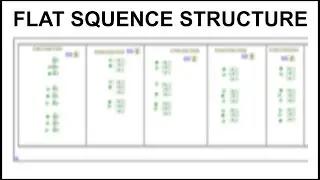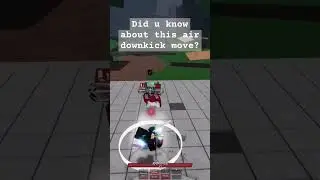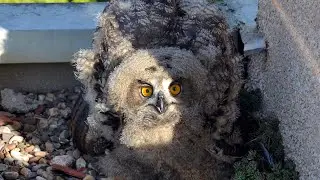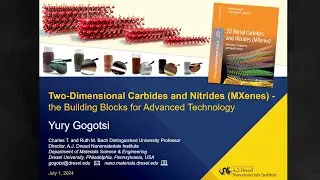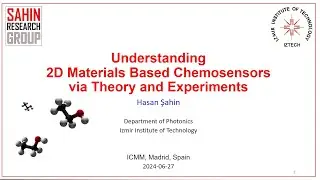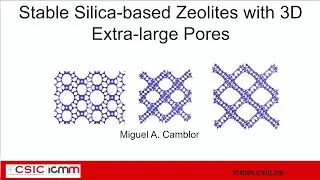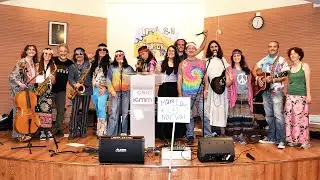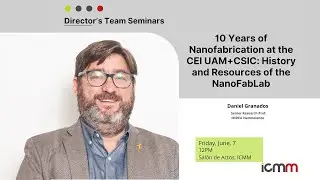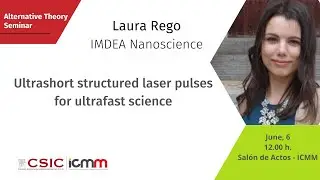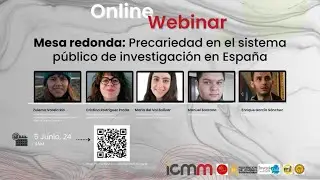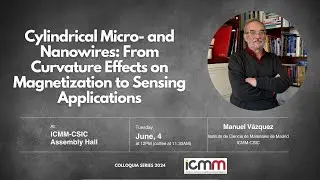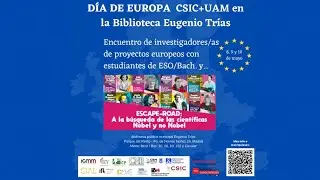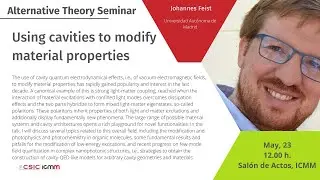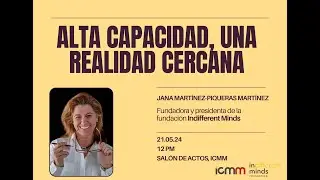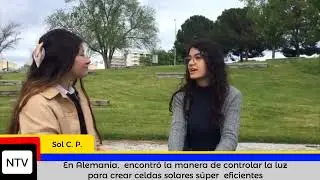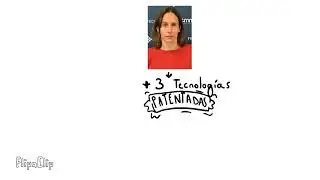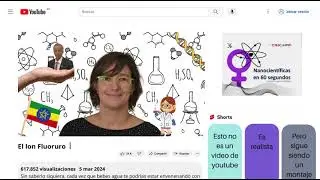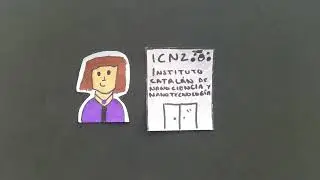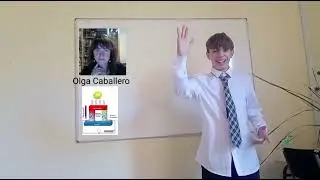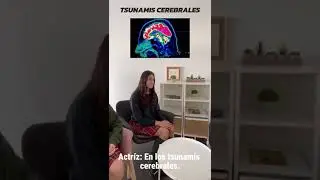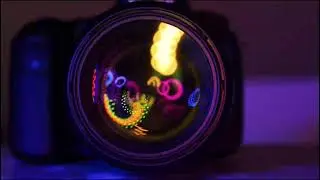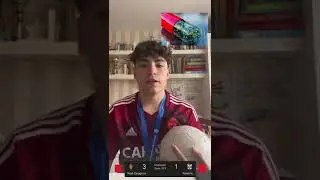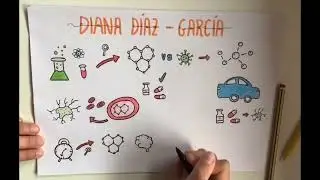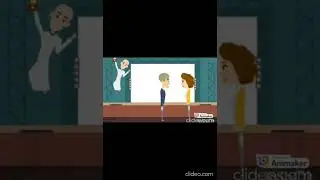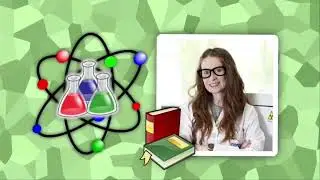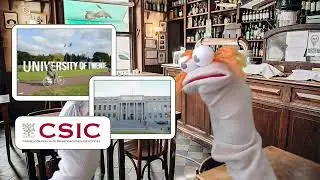Using cavities to modify material properties | By Johannes Feist (UAM)
This is an Alternative Theory Seminar by Johannes Feist, from the Universidad Autónoma de Madrid. During this talk, he explains: The use of cavity quantum electrodynamical effects, i.e., of vacuum electromagnetic fields, to modify material properties has rapidly gained popularity and interest in the last decade. A canonical example of this is strong light-matter coupling, reached when the interaction of material excitations with confined light modes overcomes dissipation effects and the two parts hybridize to form mixed light-matter eigenstates, so-called polaritons. These polaritons inherit properties of both light and matter excitations and additionally display fundamentally new phenomena. The large range of possible material systems and cavity architectures opens a rich playground for novel functionalities. In the talk, the researcher discusses several topics related to this overall field, including the modification and photophysics and photochemistry in organic molecules, some fundamental results and pitfalls for the modification of low-energy excitations, and recent progress on few-mode field quantization in complex nanophotonic structures, i.e., strategies to obtain the construction of cavity-QED-like models for arbitrary cavity geometries and materials.



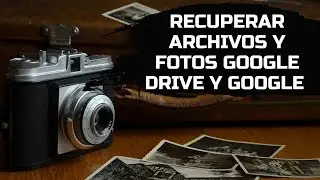

![[Free] Tech House x Techno Type Beat - RAVE | Club Banger Instrumental 2022](https://images.videosashka.com/watch/ZhgCHmy5mCk)
